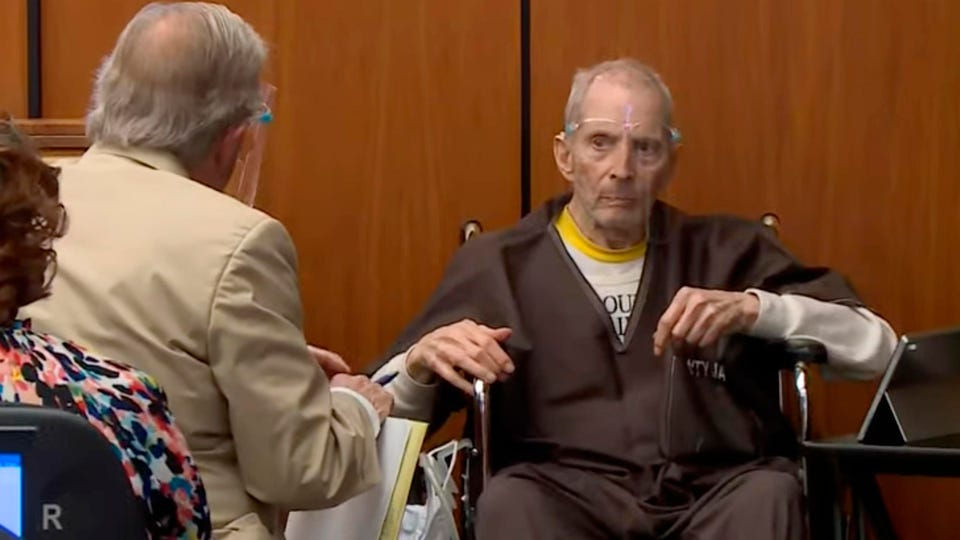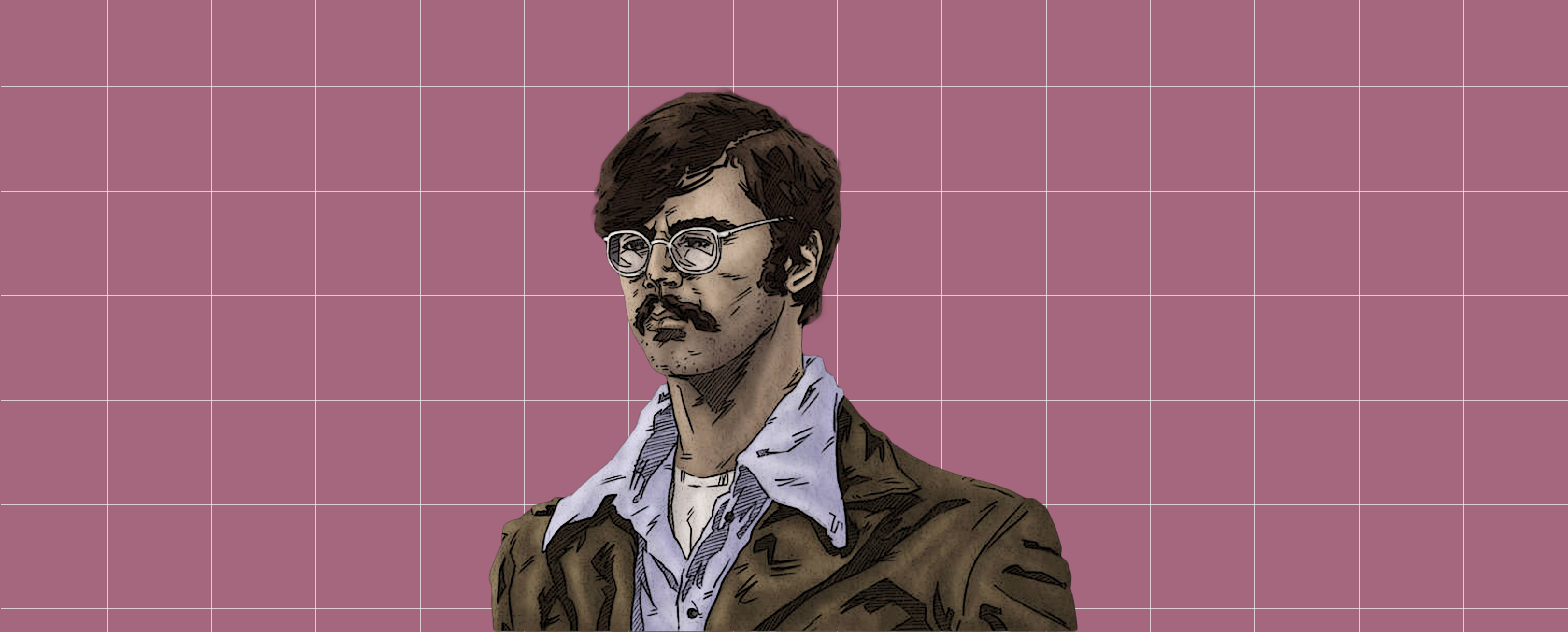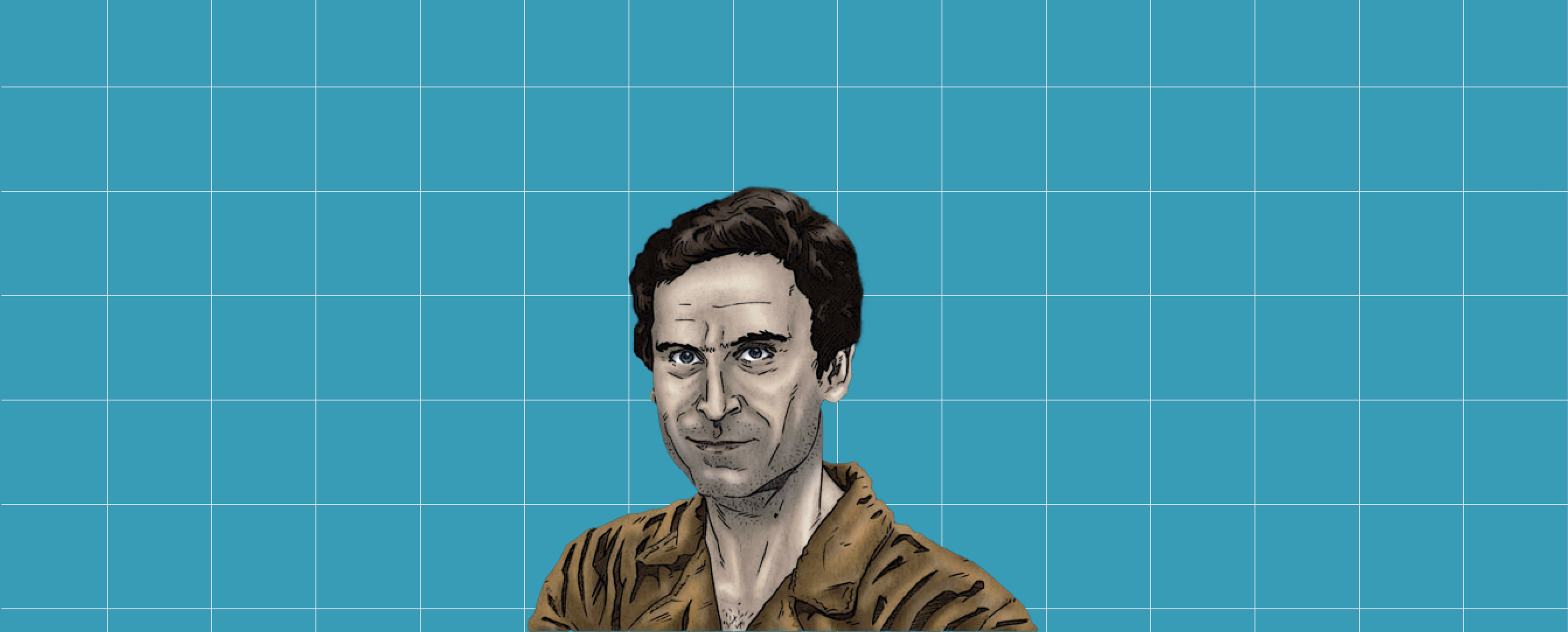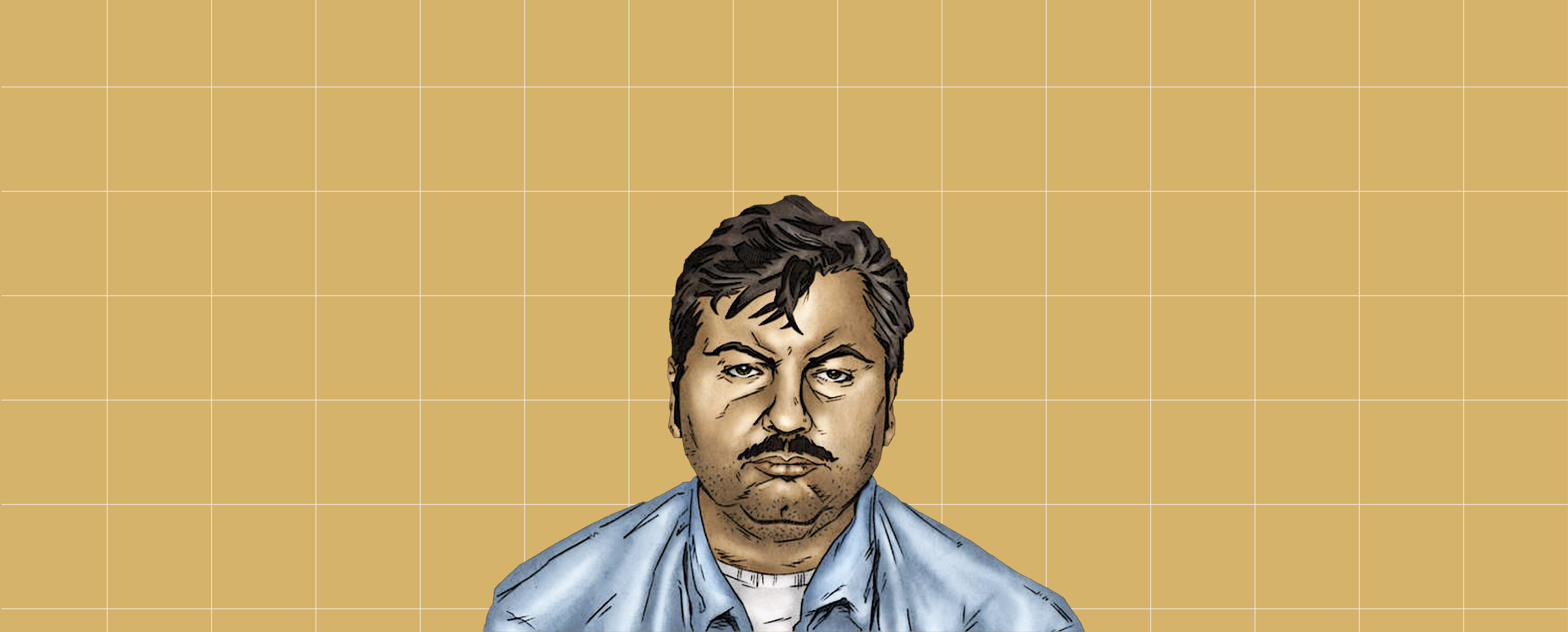
Whether you first heard of Bob Durst from the HBO documentary “The Jinx,” you caught his September 2021 conviction for the murder of Susan Berman on the news, or you followed him for the nearly 40 years since his first wife Kathie disappeared until his death on January 10, 2022, you’ve probably noticed that Durst was an unusual criminal.
We’re examining his personality type using the Enneagram here, showing which cues we think are most important in identifying his type, the motivations underlying his actions, and more. The Enneagram type that we’ve assigned to Durst is our best guess, given our observation of his speech, body language, and choices. We’ll explain which type we think he is and why, using examples when relevant.
Note that type descriptions below come from Blueprint, our Enneagram app .
Robert Durst’s base type : Eight (The Challenger)
From best to worst, Eights are confident, instinctual, self-reliant, protective, tough, straight-talking, aggressive, impulsive, antisocial, harsh, domineering, and explosive. Eights want to avoid feeling violated or controlled by others. They focus on being independent, staying in control of their sphere, overcoming situations and people, resisting inner weakness, and asserting their will on their environment. They are driven by a constant need for intensity and control, causing them to seek out challenges, ensure that their actions are having an impact, and keep other people at a safe distance.
Subtype : Eight with a Nine wing (The Bear)
The Bear is protective, quietly strong, resolute, shrewd, watchful, territorial, objectifying, coarse, and provoking. They are attuned to others and secretly tender-hearted, but can be selfish and menacing.
Event timeline: Durst’s notorious history
To better understand Robert Durst’s Enneagram type, it’s useful to have a history of the actions that made him notorious: and it’s a wild ride. Feel free to skip this section if you’re already familiar with the Durst story.
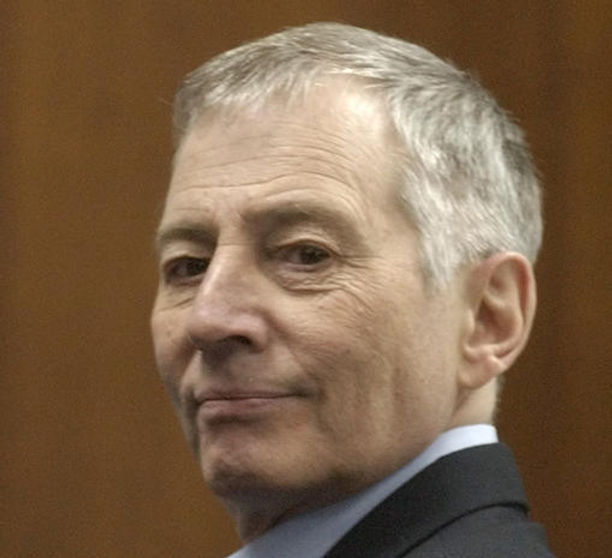
Durst was born in 1943, the oldest of four children that successful NYC real estate developer, Seymour Durst, had with his wife, Bernice Herstein. Bob claims to have witnessed his mother commit suicide by jumping off a roof when he was seven, an event that he says shaped him as an adult, although others dispute that Bob could have seen her death from his vantage point.
Bob was a good student who succeeded in athletics and extracurricular activities despite mostly keeping to himself, eventually getting his B.A. in economics from Lehigh University. The Durst family had amassed immense wealth across multiple generations through their real estate business, and Bob was expected to continue that legacy as the oldest of Seymour’s children. However, due to friction with his siblings, a general dislike for being told what to do, and a disinterest in following in the family profession, Bob moved to Vermont and started his own health food store instead.
Bob met Kathie McCormack, the woman who would become his first wife, in Vermont where they lived together until Seymour convinced Bob to return to NYC to work for the Durst organization again. Bob and Kathie then moved back to Manhattan, where Kathie enrolled in medical school and Bob began working with his family’s business. The two married in 1973 on Bob’s 30th birthday, but things quickly soured in their relationship.
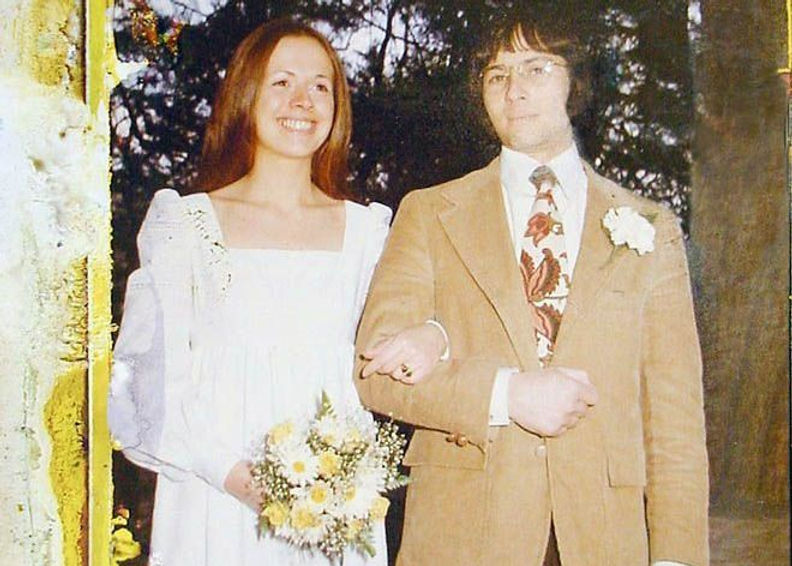
Bob wasn’t getting along with his family and acting erratically at the workplace by not showing up, arguing with coworkers, and more. He’d come home and take his aggression out on Kathie; witnesses saw them having increasingly intense arguments. According to Bob, the couple agreed that they would never have children, so when Kathie told Bob that she was pregnant, he was upset and demanded that she get an abortion. Others witnessed Bob grab her arm and pull her out of social gatherings, as well as threaten a man she was talking to on one occasion. Kathie told her friends that Bob sometimes hit her, which he admitted in several court proceedings many years later. He became controlling and miserly with their finances, forcing her to go through him for even small purchases. He was also cheating on her with several different women and in a longer-term relationship with at least one. In 1978 after several years of conflict, Kathie was threatening divorce and asking for a $250K settlement from Bob.
The last time that anyone saw Kathie was January 31, 1982, at a party at her friends’ house. Witnesses said that she was distraught and dressed in an unkempt way. She left when Bob called her and insisted she come home. According to Bob, he put her on a commuter train headed for NYC and never saw her again. A doorman claimed to have seen her enter her building in Manhattan, and her medical school received a call from someone claiming to be Kathie saying she wasn’t feeling well and wouldn’t be coming in that day. Later court proceedings would show that the person who called claiming to be Kathie was actually Susan Berman , Bob’s longtime friend, covering for him.
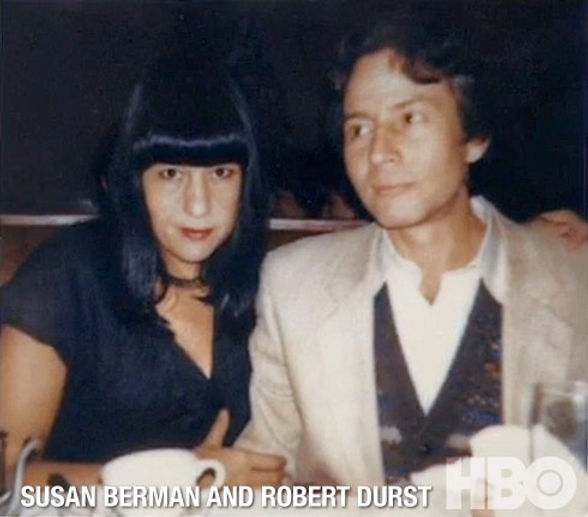
Kathie’s disappearance remains unsolved to this day, although those close to the case believe that Bob is to blame. Among the reasons for his guilt, they cited his lack of emotional response to her disappearance, his decision to throw away her belongings after only a few weeks of her being missing, offering only a $15,000 reward for information leading to her return (a tiny amount for someone with hundreds of millions of dollars like Durst), and his generally bad treatment of her before she vanished.
In December 2000, police found Susan Berman’s body in her California home. The front door was open, suggesting that she’d opened it for someone she knew, and she’d been shot execution-style in the back of the head. The police received an anonymous letter directing them to Berman’s address with the word “cadaver.” Of note was the fact that the word “Beverley” was spelled wrong, with an extra “e” rather than its correct spelling “Beverly.” Although Bob was in California the day before police discovered Susan’s body, he wasn’t charged with her murder until 2020. Instead, he claimed that her ties to the mob (her father was a known gangster) and the impersonal way that she was killed suggested organized crime was involved.
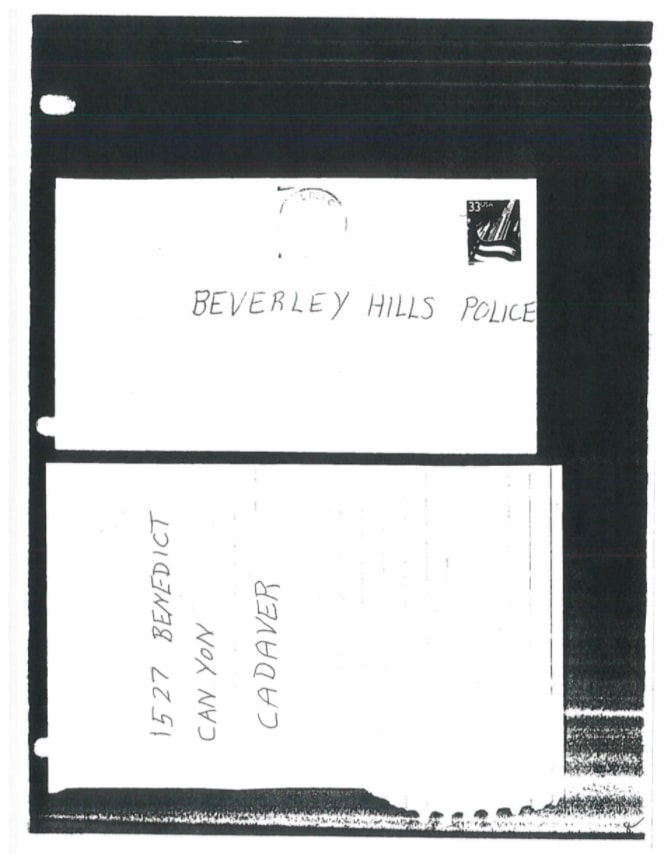
Bob learned that prosecutors were reopening their investigation into Kathie’s disappearance, so he fled to Galveston, Texas, where he rented a cheap apartment in cash under a pseudonym. Calling himself “Dorothy Ciner” and posing as a mute old woman —complete with wigs, badly-applied makeup, and rubber masks—Bob tried to lay low. That is, until the headless torso of his neighbor, Morris Black, washed up on shore in Galveston Bay. Evidence linked Black to Durst, who again went on the run. He was finally caught in a Wegmans supermarket, where despite having $500 cash in his pocket and $37K in his car, security officers caught him stealing a sandwich.

In 2003, Durst was tried for murdering Morris Black. He claimed that he killed Black in self-defense, then dismembered his body and dumped it in the ocean because he was worried that no one would believe his story, given that he was already high-profile due to his wife’s disappearance and his family’s riches. The jury bought his story and acquitted him.

Director Andrew Jarecki learned of Durst’s story during the Black trial and made a movie about Bob and Kathie called All Good Things , starring Kirsten Dunst as Kathie and Ryan Gosling as Bob. Bob saw the movie and appreciated Jarecki’s sympathetic take on his character, so he reached out to Jarecki with the idea of participating in a documentary that would tell his own side of the story. This documentary ended up becoming the 6-part documentary "The Jinx: The Life and Deaths of Robert Durst," released in 2015 on HBO. It received critical praise and dropped jaws, as it contains one of the most shocking moments caught on film in true crime history.
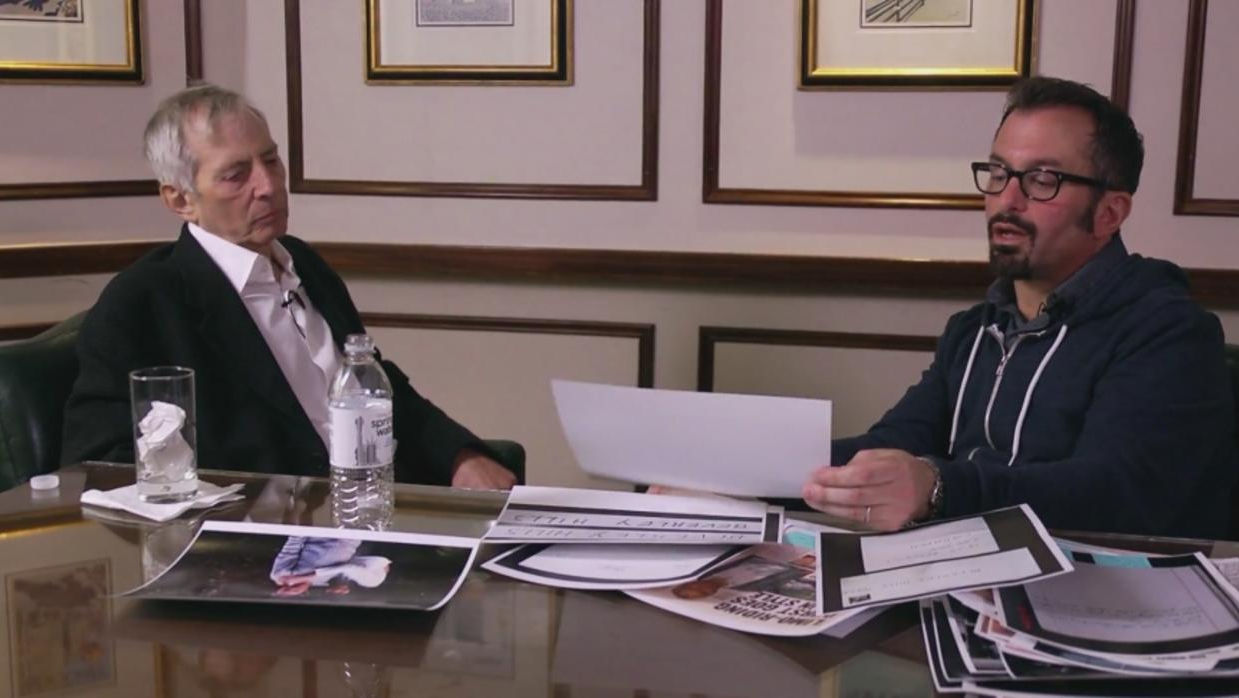
(Spoilers for "The Jinx" ahead)
Jarecki began filming "The Jinx" believing that Bob truly was jinxed, in the sense that a series of misfortunes and murders seemed to follow him throughout his life. But as he continued investigating, Jarecki came across a piece of evidence that would change his mind and the course of Durst’s life (plus make some exceptional television). Jarecki spoke with Susan Berman’s son, Sareb, who’d previously been hesitant to speak about the case because Bob had been friendly and supportive towards him. Sareb gave Jarecki a box of materials related to his mother in case it would help tell her story in "The Jinx." In the box, Jarecki found a letter from Bob to Susan in exactly the same handwriting as the cadaver note, with the same misspelling of the word “Beverley.”
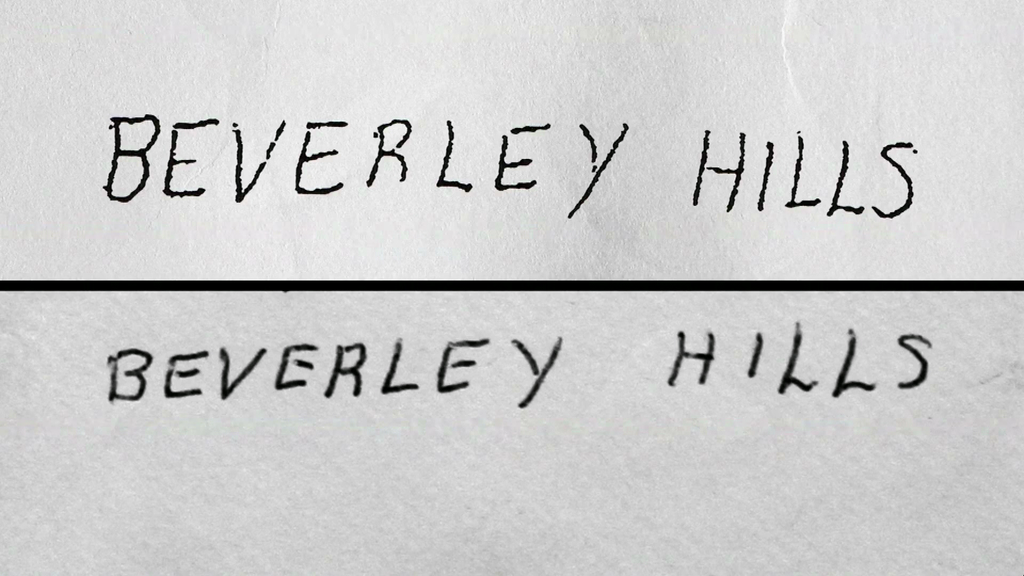
Jarecki realized that he had discovered a smoking gun that tied Bob directly to Susan’s murder. He organized a final meeting with Bob for production of "The Jinx," presenting Bob with increasingly damning evidence until he arrived at the letter. Bob admitted on camera that the cadaver note “could have only been written by the killer,” then was unable to differentiate between his own handwriting to Susan and the cadaver note. Seemingly shocked to the point of near illness—burping and blinking anxiously—he asked to use the bathroom. Then he proceeded to talk to himself, not realizing that his microphone was still recording, and unleashed a series of statements that sounded very much like a confession:
“[Unintelligible] I don’t know what you expected to get. I don’t know what’s in the house. Oh, I want this. Killed them all, of course. [Unintelligible] I want to do something new. There’s nothing new about that. [Inaudible – possibly “disaster.”] He was right. I was wrong. The burping. I’m having difficulty with the question. What the hell did I do?”
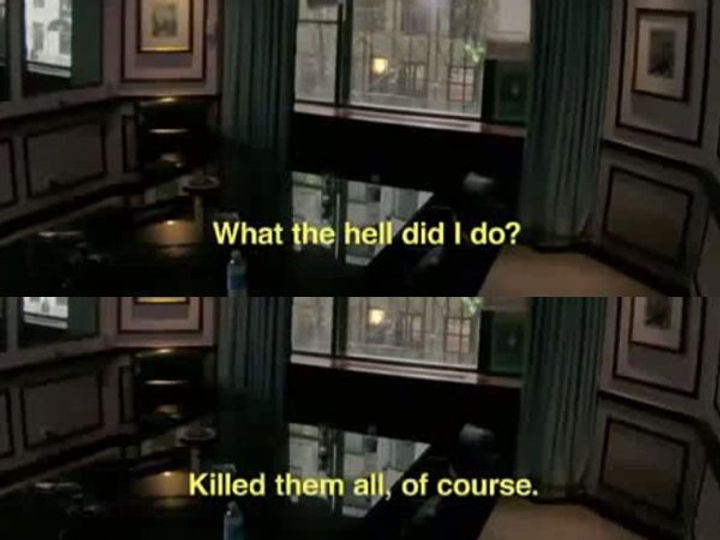
Jarecki released "The Jinx" to critical fanfare , then turned the letter over to investigators. It was enough to bring charges in 2020 for the murder of Susan Berman. After many delays and postponements due to COVID and Durst’s myriad health issues, the trial began. Durst admitted that he had written the cadaver note but maintained that he did not kill her : “It’s very difficult to believe, to accept, that I wrote the letter and did not kill Susan Berman.” He claimed that he wrote the letter because he stumbled upon Berman’s body when he went to visit her, but didn’t want to call the police to alert them because they’d recognize his distinctive voice.
A few things that emerged from the trial included Durst’s friend Nick Chavin testifying that Durst confessed that he murdered Berman, saying “I had to. It was her or me. I had no choice.” Bob had also been supporting Berman financially, writing her large checks every so often, and allegedly she had been demanding more funds and threatening to expose that she helped him cover for Kathie’s disappearance if he didn’t comply. Lastly, he testified—incredibly—that he would lie under oath : “Because what I’m saying is mostly the truth. There are certain things I would lie about, certain very important things.” He also claimed that his rambling “confession” in "The Jinx" was the result of him being high on meth while filming.
Durst was convicted of the first degree murder of Susan Berman on September 17, 2021, and sentenced to life in prison without the possibility of parole. Despite him being associated with three murders (Kathie, Morris Black, and Susan Berman), it was the first time a charge had stuck. He’s also been linked to a series of disappearances of teenage girls in Vermont during the period when he lived and ran his health food store there, although law enforcement has not brought formal charges. Prosecutors in Westchester County, New York brought a new murder charge related to Kathie Durst, given the new evidence that emerged during the Berman trial. It seemed like at 78 years old, Durst may finally get the justice that many believe he’s due. But he died soon after, in January 2022, closing the door to the one person who likely knew what happened to Kathie.
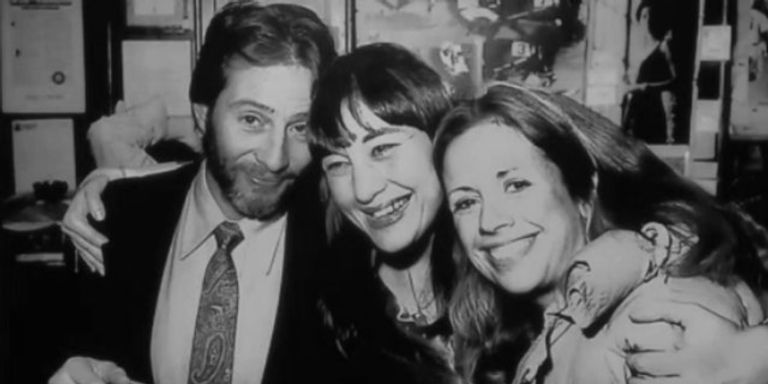
Motive analysis: avoiding being controlled
Enneagram Eights are driven by their core fear of being controlled or harmed by others. They are naturally aware of power dynamics and worry that others will try to control them, fearing restrictions on their autonomy across all areas of life that are important to them. Paradoxically, Eights’ fear that they’ll be controlled leads them to act rashly and aggressively, increasing the likelihood that others will try to “get them in line.”
Police Chief Cody Cazalas summed up Durst’s motivations well in "The Jinx" when he said:
“I don't think Bob Durst is the kind of man that kills for the thrill of the kill. I don't think he takes any particular pleasure in killing. But if you back him in a corner, if you threaten his freedom, he'll kill you.”
It’s harder to imagine a more clear statement of the Eight’s core fear than this one.
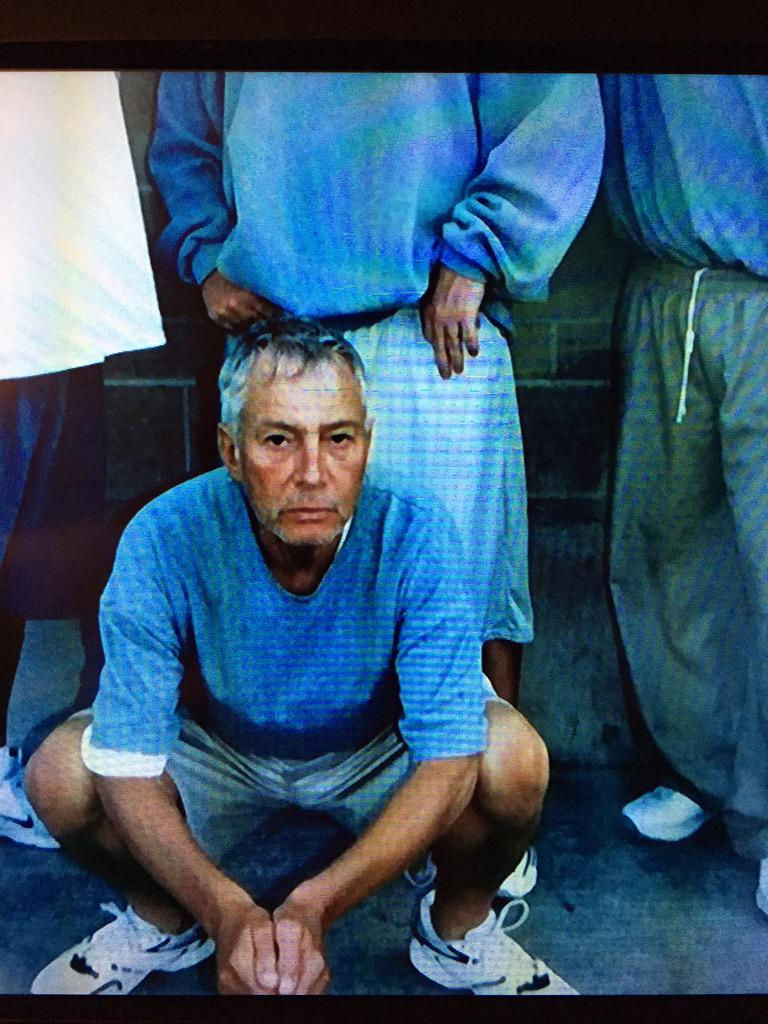
This fear of being controlled, and the related core desire to be independent, shows up in nearly all of Durst’s notable behavior. Only the person taking an action truly knows what’s driving them, but with a pattern of behavior, we can make an educated guess as to a consistent motive. With Durst, he likely killed Kathie after he perceived her to be infringing on his freedom, first by trying to convince him to have a child when he clearly expressed that he didn’t ever want to be a parent, then by threatening a divorce that would likely prove very costly to him, given his wealth and her initial $250K demand. He was also having a long-term affair at the end of his marriage to Kathie, so it’s possible he felt that his marriage was tying him down and preventing him from being with the woman he really cared for.
Because his apartment in Galveston seemed to serve as a hideaway (he lived there under a fake name and used disguises to avoid people from noticing that he was the infamous Robert Durst), it’s likely that Morris Black realized his true identity at some point. Durst would see this as a threat, regardless of whether Black actually threatened him (as he argued in his trial). The hideaway no longer served its purpose if a next-door neighbor learned his identity. And whereas a reasonable person wouldn’t be hiding at all, or would simply move locations, this situation is yet another example of Durst likely feeling cornered and needing to take severe action to protect his freedom.
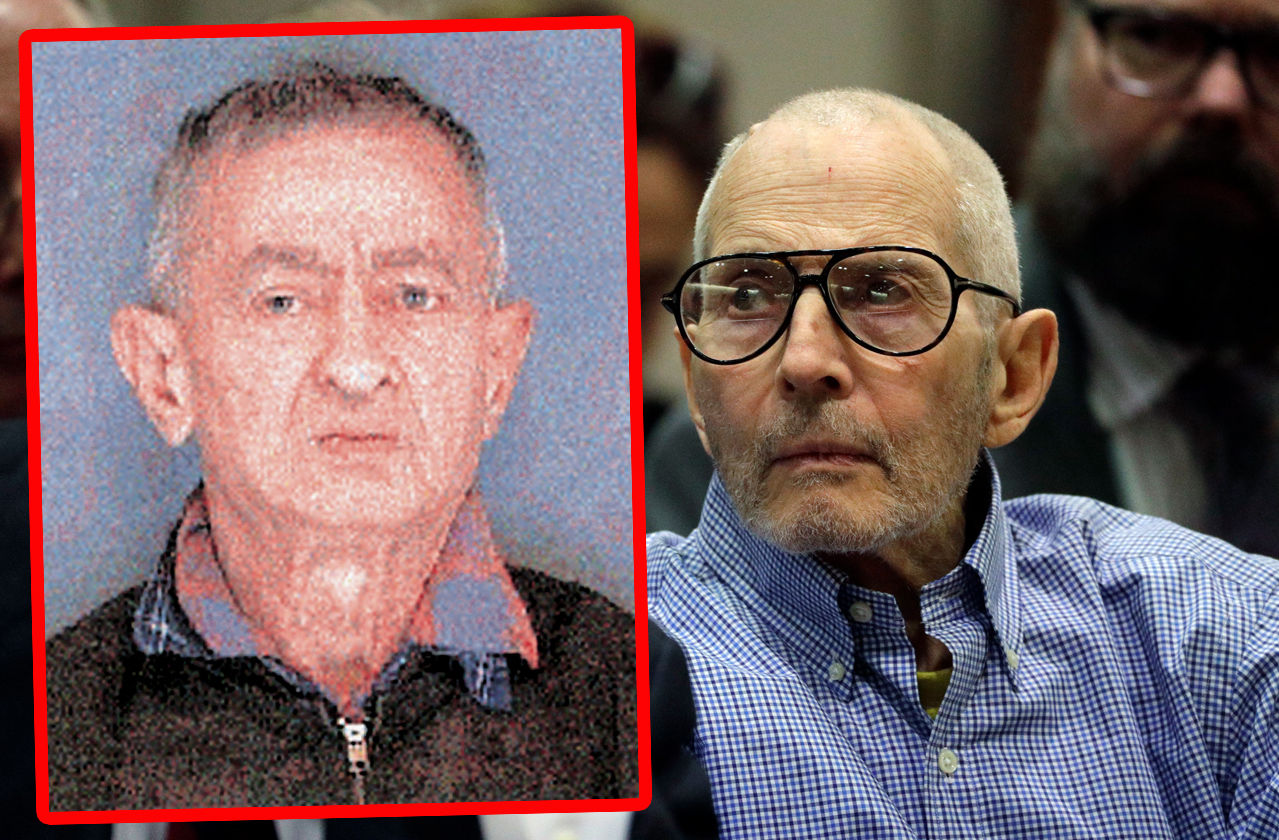
The same desire to protect his freedom applies to Durst’s murder of Susan Berman. Initially, she helped preserve his independence by calling Kathie’s medical school pretending to be her, which took pressure off of Durst himself. She served as a confidante, as she was likely the only person to whom Durst confessed the truth. But as time went on, Berman ceased to be protective and shifted into a liability. Durst was writing her checks to keep her financially afloat, but she demanded more, even decades after Kathie’s murder. Allegedly she told Durst that she was going to speak to a prosecutor if he didn’t continue supporting her. Feeling backed into a corner yet again, Durst shot Berman as a way to tie up the “loose end” of her knowing the truth of Kathie’s disappearance.
Low-health Eights: invincibility, weakness, and ego
According to the Enneagram, every person’s type stays the same across their lives. However, one may act out the best or worst versions of that type, depending on how much physical and emotional stress they’re under. Someone who’s under extreme stress is considered “low health” in the Enneagram. Although every type in high health is an exceptional person, every type in low health is the opposite, representing the worst potential of that type.
Low-health Eights are deeply self-centered, antisocial, ruthless, violent, and reclusive. They grow paranoid that others will turn against them, so they adopt a “me against the world” attitude, believing that they can only depend on themselves and rejecting help from others. A host of antisocial behaviors—lying, violence, threats—all seem justified to them because of the need to survive. And while healthy Eights protect those they see as weak or vulnerable, unhealthy Eights are disgusted by weakness and prey upon it.
We see this type of behavior with Durst in many ways, especially around his brother, Douglas. Douglas hired a bodyguard and took out a restraining order against Bob after repeated threats and menacing behavior, including stopping to urinate on Douglas’s front stoop and flipping off his security camera. When "The Jinx" asked Bob why he harassed Douglas, Bob’s explanation was, “‘Cause he’s a pussy.” Instead of seeing Douglas’s fear as legitimate, Bob sees him as weak and pitiful.
Durst’s classic antisocial behavior spans from the minor (like always calling Durst headquarters collect just to make them pay for the phone bill) to the major (like rebelling from the family business and refusing to carry on its legacy by being unwilling to work with anyone or even show up at the job). Durst used dozens of aliases over the years, wanting to stay off the grid and have the freedom to do what he wanted without any consequence to his real identity. Despite his wealth and seemingly high intelligence, his refusal to play by society’s rules kept him on its fringes.
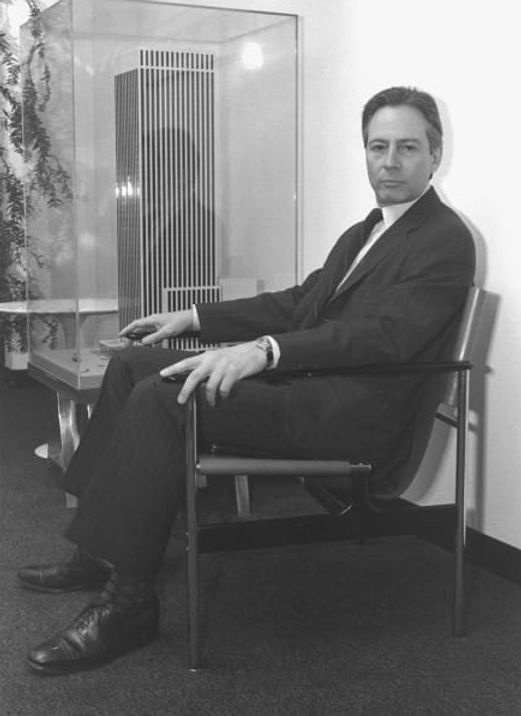
Extremely low-health Eights also display megalomaniacal behavior, believing that they are invulnerable and that the rules do not apply to them. Thinking that they can do anything and get away with it, they view themselves as outside of society and its regulations; they think they are unstoppable, even superhuman, beings. You can see perhaps the greatest example of this type of thinking with Durst in the way he was caught in 2003: shoplifting a sandwich from Wegmans. Despite having the ability to pay—$500 cash in his pocket and $37K in his trunk—he had so little regard for rules like “you have to pay for something in order to get it” that he simply opted out. And his failure to follow this simple rule got him locked up.
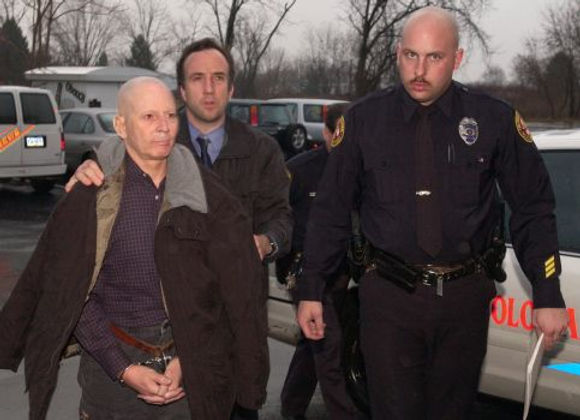
Even his desire to participate in the making of "The Jinx" suggests a belief in his own invincibility. He believed so strongly that he’d be able to control the outcome of an independent filmmaker’s project that he willingly took part, disregarding the possibility that his portrayal could end up negatively. Of course, it did—and it led to his stint in prison. Yet without the discovery of the cadaver note, it’s likely that Durst would have successfully manipulated Jarecki toward his side: they had good rapport throughout filming, and it wasn’t until incontrovertible evidence showed up that Jarecki began doubting Durst’s story. Eights, particularly Bears, are vigilant and observant, keeping their eyes on their environment, scanning for potential threats, evaluating body language, and using their intuition to discern others’ true intentions. They may overvalue their skill at manipulation because of their inflated egos, but they’re often legitimately good at it.
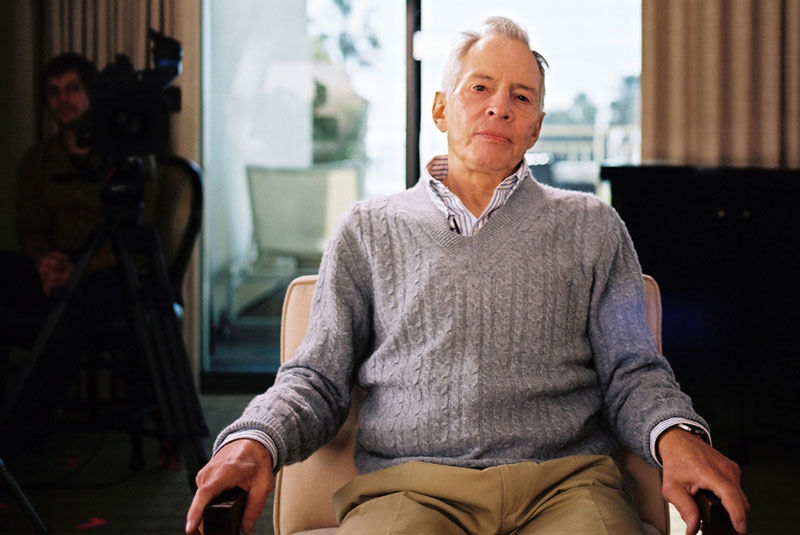
Despite feeling invincible, though, low-health Eights know deep down that they’re still capable of dying. It’s the one thing that they cannot control. This fear may lead to a preoccupation with death and achieving mastery over it, sometimes by severely harming others (as we’ve seen with Durst). Each triumph over the increasingly dangerous risks they take seems like evidence of their invincibility, while actually pushing them closer to death, or in Durst’s case, incarceration and losing his freedom.
As their abusive behaviors escalate in severity, Eights may grow desensitized, carrying them out without empathy or reflection. They may do whatever they believe is necessary to avoid being caught and controlled. For example, the emotionless, matter-of-fact way that Durst described dismembering Black:
“I’ve been told, um, that a surgeon would cut up a body the same way you do a chicken. You go into the joint. And you, you cut around the joint. You get rid of all the ligaments. And then, the thing comes out. You’re not gonna try to cut through the God-damned bone, like I did.”
Low-health Eights may attack preemptively, before others have the chance to react (like walking into Susan’s house and shooting her in the back of the head before she could defend herself). Killing or hurting others to feel the rush of “dominating death” could give a low-health Eights the false impression that they are unstoppable.
The subtype: why a Nine wing and not a Seven wing?
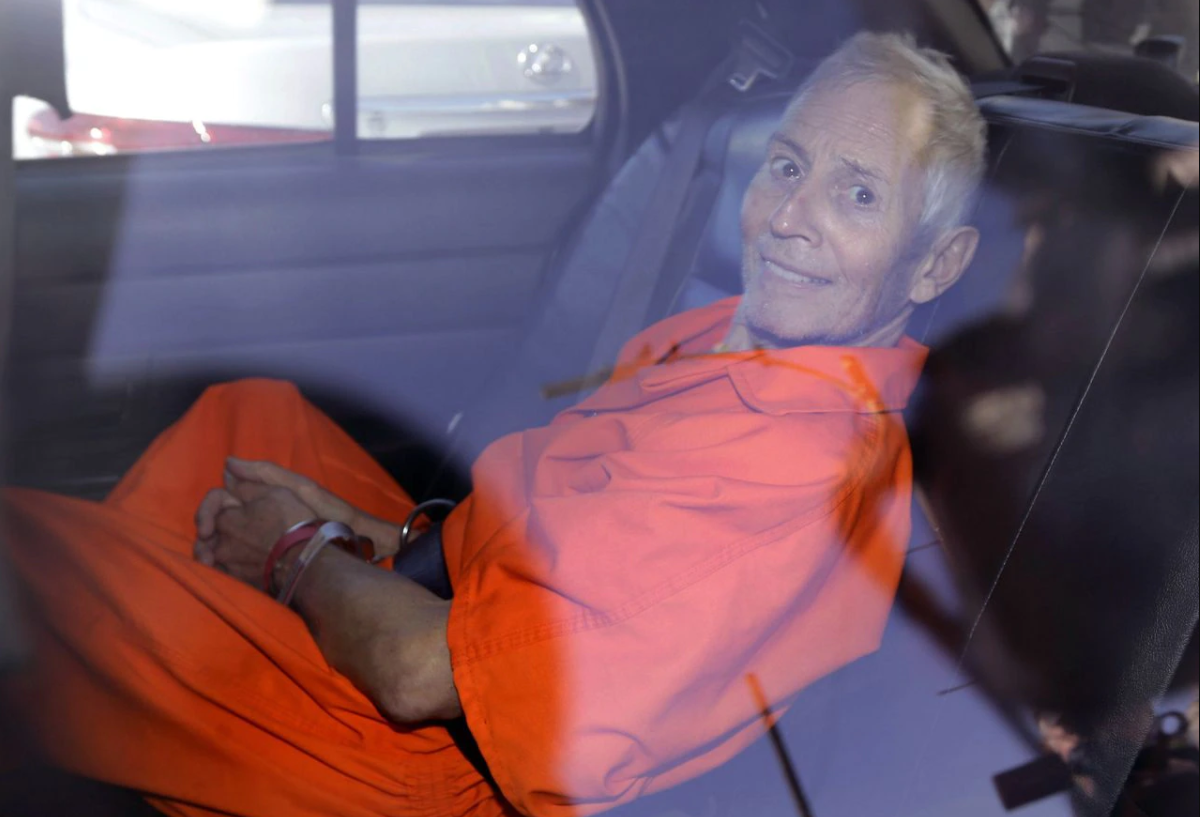
From Durst’s behavior, it seems clear that he’s been a low-health Eight for most of his adult life: he acts out of a fear of losing his freedom, he seeks independence, he avoids weakness, and he manipulates by intimidating others. These attributes are core to every Eight. But what makes him an Eight with a Nine wing (The Bear) rather than an Eight with a Seven wing (The Maverick) comes down to the smaller details.
8w7
The Maverick is more outgoing, open-minded, enterprising, forceful, unfiltered, blunt, overreactive, and reckless than the other subtype. They are the most assertive of all the Enneagram types, thriving on intensity, quick thinking, and fighting for their beliefs. There’s a warmth, liveliness, and “largeness” to Mavericks’ spirits. In low health, they are more belligerent and explosive.
8w9
The Bear on the other hand, is more internal, steady, patient, deliberate, calmly dominating, cold, and indifferent than the other subtype. They tend to be masters of their own domains, have stronger boundaries, and are more likely to cooperate with others. In low health, they are slower to erupt with anger and more quietly menacing.
Although Bears are just as angry and intense as Mavericks, they are far more restrained and calculated. Bears maintain a steadiness and an appearance of outward calm even though they experience extreme internal feelings. Durst has a cold demeanor, exhibiting a restraint and a poker face in his interviews. Seeing him both in “The Jinx” and on the stand in the Berman trial, it’s clear that he’s working hard to limit any excessive emotions or unwanted phrases. Everything he says and does seems calculated to make him appear less threatening and more reasonable. In the several moments in “The Jinx” where he forgets that his microphone is still recording, you can hear him practicing the lines he wants to say to ensure his message is exact. It isn’t until Jarecki confronts him with the cadaver note that you see him start to lose his cool, with unconscious reactions like burping and blinking that betray his mental panic.
Bears have tough, authentic, and gutsy energy that can be intense or offbeat. They are who they are, without apology or excuse, and there’s often an edge of “weirdness” to them that they tend to wear with pride. Most people who describe Durst mention that he’s somewhat eccentric, intense, and opinionated, traits which don’t necessarily apply to every Bear, but which fit the typical description.
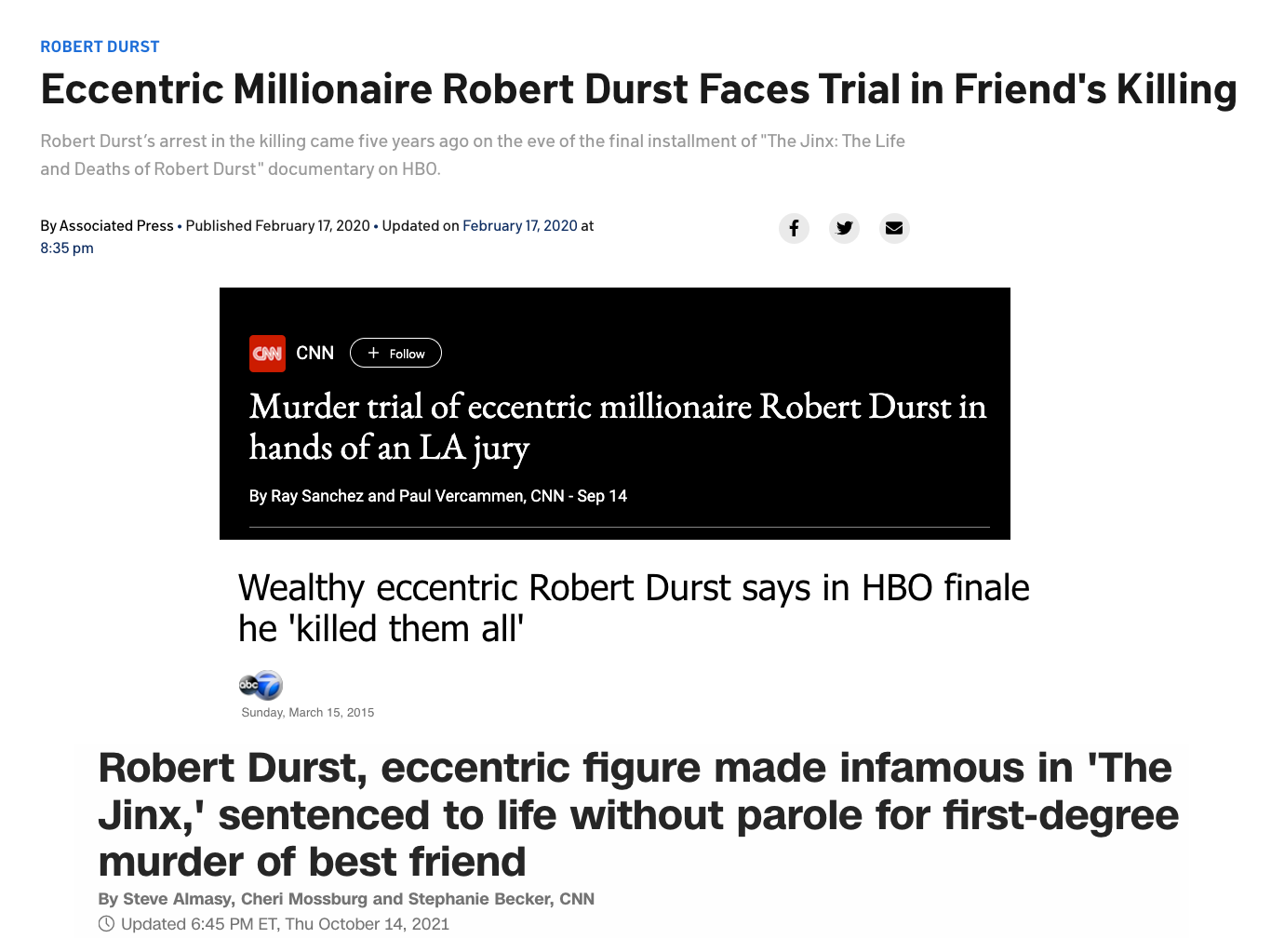
Bears’ tendency to view people as objects who may or may not provide value grows under stress, as they secretly size people up, create distance, and eventually become indifferent and cold. You can see this type of objectification most clearly with Durst’s relationship with Susan Berman: he was grateful and friendly towards her when she served as an alibi for him, then vengeful and murderous once she stopped being useful.
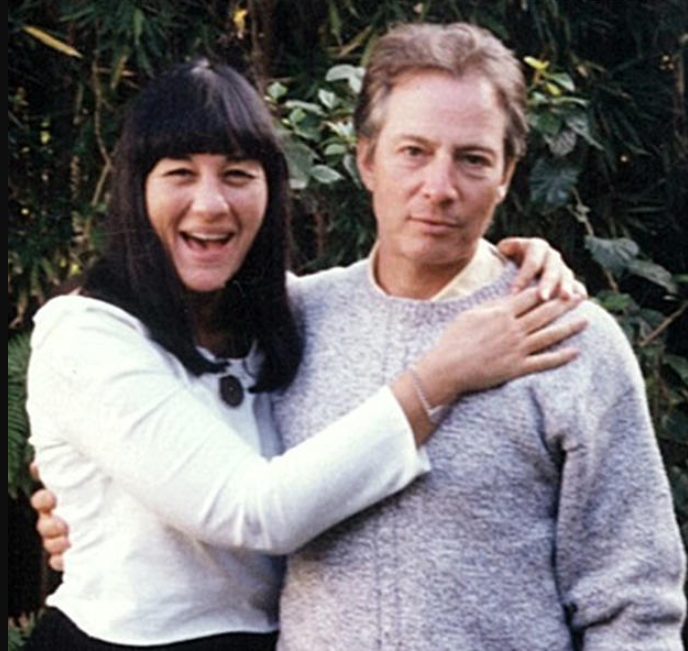
While Mavericks are more likely to express their anger the moment that it arises, Bears tend to neglect it, forcing it to build until it erupts out of proportion to whatever caused it. It also presents more as quietly menacing energy than as explosive and fiery. Again, “menacing” is one of the most common words that others use to describe Durst, and it’s evident watching him on the stand or in “The Jinx” that he’s quietly evaluating others and daring them to challenge him. And although any type in extremely low health can become dangerous, Eights are particularly prone to violence, and Bears are especially likely to “snap” in a moment of previously repressed rage.
In sum, Durst is a strong candidate for an Enneagram Eight with a Nine wing because of his calculating and offbeat demeanor, antisocial behavior, false belief in his own invincibility, tendency to objectify others, and homicidal motive to protect himself when he believes that his liberty is at stake. Ironically, his unhinged actions in pursuit of protecting his freedom were the very thing leading to his imprisonment for the rest of his life (and where he ultimately died).
